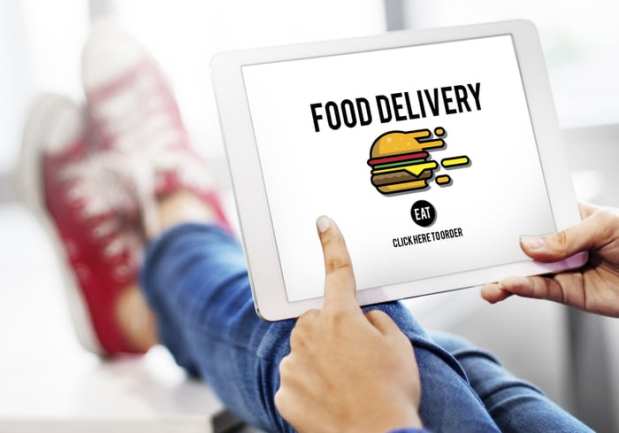2ndKitchen And Platforms As A Satellite Kitchen Service

Bars, breweries and bowling alleys may serve up drinks and experiences, but they don’t always have kitchens to prepare meals or bar bites for customers. “When it comes to food, they kind of struggle to provide that amenity to their customers,” Nick Anastasiades, CEO and co-founder of mobile ordering startup 2ndKitchen, told PYMNTS in an interview. But these establishments are near restaurants that could serve their customers.
To link these businesses together, 2ndKitchen is providing customized menus and ordering technology that enables diners to order from kiosks or their phones and have food sent directly to their tables. The company is working on an asset-light model: “We’re not opening up kitchens,” Anastasiades said of his operations. “We’re not hiring delivery drivers.” Instead, he said, the company is essentially connecting two existing businesses.
To bring the service into their establishments, business owners can select restaurants and menu items that they would like to make available to their guests. They can offer food from one or more restaurants using the platform, and from different eateries at different times of the day. They could provide breakfast tacos and burritos in the morning, for instance, and pizza and wings at night. And, while Anastasiades said the businesses do tend to gravitate toward bar food, some establishments are offering Thai or Cuban cuisine to their customers.
The Ordering Flow
To place their orders, customers can order from their phones or from kiosks, which Anastasiades chose to offer because they are becoming very popular. After choosing their item or items at a kiosk, customers swipe their credit card (EMV/chip or contactless.) “It’s very simple,” Anastasiades said of the process. If consumers want to order through their phones, they can use a link found on printed menus customized to the establishment. After making their selections, they can pay with a credit card, Apple Pay or Google Pay.
Once a customer places an order, restaurants handle delivery with the service’s standard model. The service provides the restaurant with the table number where a customer is sitting, and the restaurant delivers the food directly to the customer. However, Anastasiades said the company has run into some situations where restaurants lack the capacity for delivery, as they can’t send a waiter or waitress out with orders. As a result, the company offers an application programming interface (API) that integrates with local couriers (the item could be delivered by bike, for example).
Anastasiades said the company has received requests from establishments beyond breweries and bars, such as hotels. He noted that 80 percent of hotels don’t have room service. His platform functions as a room service tool that uses nearby restaurants for fulfillment. 2ndKitchen has also received requests from bowling alleys, arcades and comedy clubs, among other venues.
The Delivery Market
2ndKitchen comes amid two factors driving demand. For starters, there are diners who expect to get what they want immediately using technology: “They want the fastest, easiest service,” Anastasiades said. (The PYMNTS Mobile-Order Ahead Tracker found that 92 percent of customers who view placing a QSR order via mobile app as a positive experience.) And the world is moving toward an asset-light environment, where there are existing resources that multiple entities can use. In the case of businesses like bars and breweries that don’t serve food, there may be other businesses in the vicinity that have already invested in kitchens and equipment.
While diners could potentially order meals from food delivery services such as Grubhub, Anastasiades said it is awkward and unnatural to put a bar’s address into those apps. His service essentially gives consumers permission to quickly order food, and the bar (or other business) is actually encouraging them to use the service. Customers could, alternatively, leave the bar (or another type of establishment) to get food – but they might not order that extra drink in that case, or could potentially avoid the business.
Through customized food delivery platforms, businesses that don’t currently serve food can tap into the offerings of local restaurants to provide an additional amenity to their guests.
